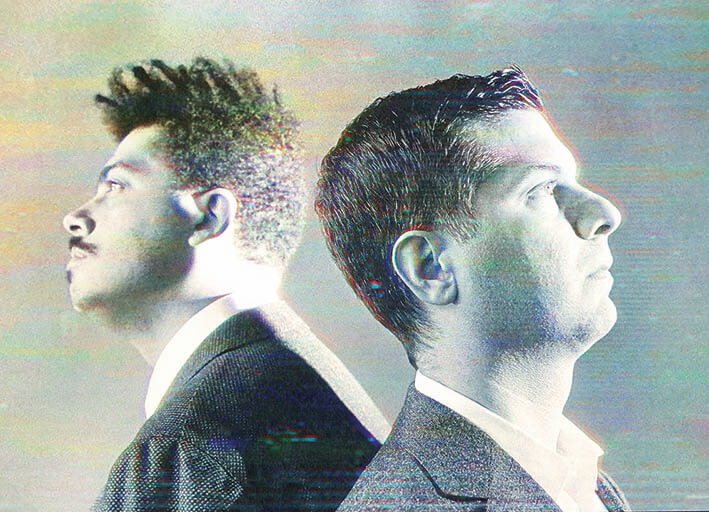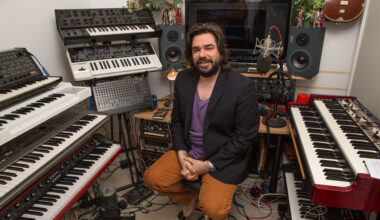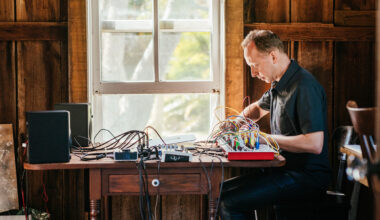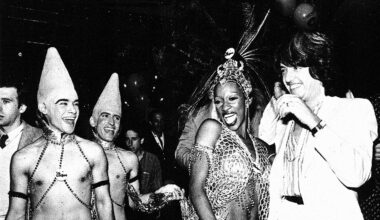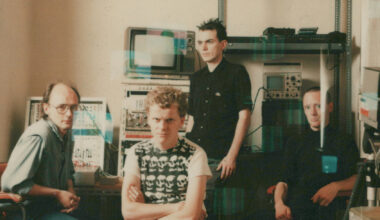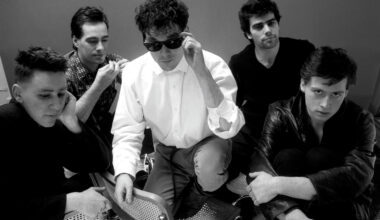As “multidimensional creative dissidents” Lost Souls Of Saturn, Seth Troxler and Phil Moffa fuse elements of techno, dub, house, jazz, psych and ambient into vivid and expansive new shapes. Enhanced by augmented reality, it’s quite the trip
Want to read more?
Sign up to Electronic Sound Premium to gain access to every post, video, special offers, and more. 100%, all you can eat, no commitment, cancel any time.
Already a premium member? Log in here
